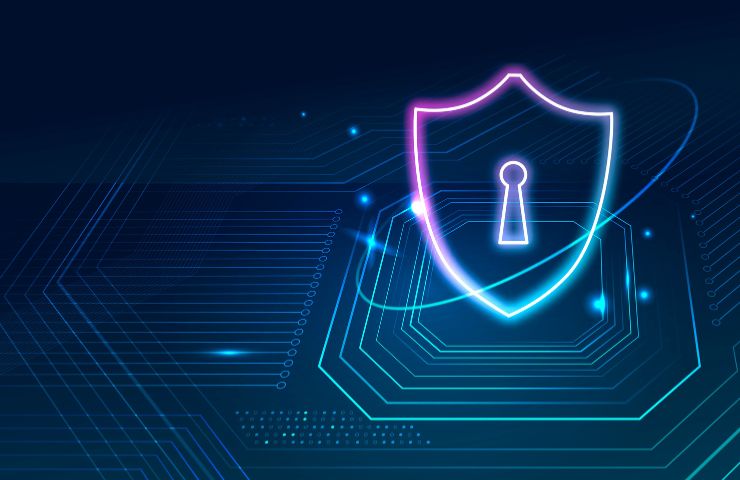
Cyber threats are no longer just a problem for IT teams — they’ve become a business risk that touches every department. Whether you run a small startup or a large enterprise, cyber attackers don’t care about your size. If you have something valuable — data, money, access — you’re a target.
As we move deeper into 2025, the threat landscape is shifting fast. We’re seeing smarter tactics, advanced tools, and highly targeted attacks. If you think yesterday’s defenses are enough, think again.
In this article, we’ll walk you through 5 new cyber threats your organization must pay attention to in 2025 — and what you can do about them.
Phishing isn’t new — but the way it’s being done now is. Attackers are no longer sending sloppy emails filled with typos and fake logos. Instead, they’re using artificial intelligence to write clean, convincing messages tailored specifically to your team.
Some tools can mimic writing styles, copy internal communication patterns, or generate believable replies in seconds. This means phishing emails don’t just look real — they feel real.
We’ve seen cases where AI-driven phishing attacks trick employees into transferring money, sharing credentials, or clicking links that silently install malware.
What to do:
In 2025, deepfakes have gone mainstream — and cybercriminals are cashing in. Voice cloning and synthetic videos are being used to impersonate executives, pressure employees, and pull off highly targeted scams.
Imagine getting a video call from someone who looks and sounds exactly like your CEO, asking for a wire transfer or sensitive information. Sounds far-fetched? It’s already happened in multiple high-profile attacks.
These threats are hard to detect because they bypass written communication and play on urgency and trust.
Moving to the cloud offers flexibility and speed — but it also opens up new vulnerabilities. A growing number of cyber threats are now targeting misconfigured cloud settings.
These aren’t complex hacks — they’re simple oversights. But the damage can be massive, from data leaks to ransomware infections.
How to reduce the risk:
Your cybersecurity is only as strong as the weakest link in your supply chain. In 2025, we’re seeing more attacks that come not through your front door, but through your partners, vendors, or software providers.
These attacks are sneaky. Attackers tamper with trusted software updates, compromise third-party tools, or use a vendor’s stolen credentials to break into your systems.
One major reason these threats are dangerous: they bypass many of the traditional security checks because they come from “trusted” sources.
What you can do:
From smart thermostats to industrial control systems, the number of connected devices is exploding — and so are the threats.
These devices, often part of Operational Technology (OT) environments, weren’t built with security in mind. Many don’t get regular updates. Some don’t even have passwords changed from the default.
Cybercriminals are targeting these weak points to disrupt operations, steal data, or even cause physical damage — especially in industries like manufacturing, healthcare, and energy.
Smart protection tips:
The types of cyber security threats we’re facing in 2025 are more advanced, more personal, and often more damaging than ever before. It’s no longer just about stopping viruses or blocking spam. It’s about understanding how attackers think, and staying one step ahead.
That’s where cyber security threat intelligence comes in — helping you spot threats early, prepare your defenses, and respond quickly.
So, whether you’re in IT, management, or leadership — stay alert. Keep your team informed. And remember: cybersecurity isn’t just a technical issue — it’s a business priority.
Let’s talk. Our team can walk you through a tailored threat assessment and help you build a practical defense strategy — no jargon, no scare tactics, just real-world solutions.
You may also find this valuable: The Rising Threat of Ransomware How to Stay Protected